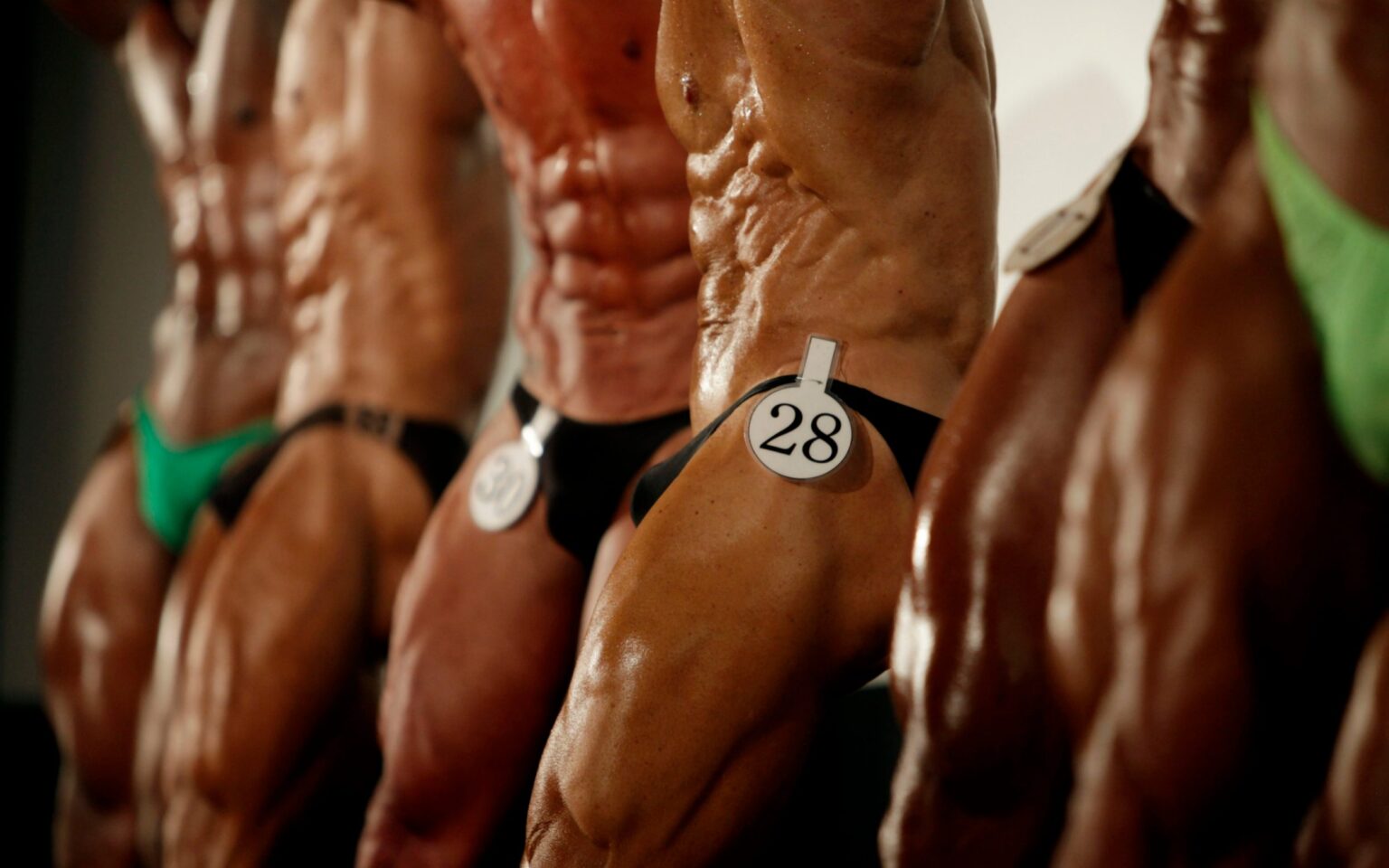The 1960s, 70s, and 80s saw professional bodybuilding grow at a tremendous rate. Arnold Schwarzenegger’s “Pumping Iron” movie was a huge hit and cult underground classic for decades. In the 80s, ESPN carried bodybuilding event coverage almost daily. In the 1990s, the sport took an odd turn however. Insulin and growth hormone arrived on the scene. Suddenly, every bodybuilder had thicker skin, larger brows and elbows, and the size of competitors jumped 15 to 20 pounds on average after being relatively stable for several decades.
The argument, at this point, typically derails into an “old vs. new” discussion as to whether today’s mass monsters are better than yesteryear’s class monsters. But one trend is starting to emerge, upon which both sides can probably agree: Health problems of modern bodybuilders are emerging earlier.
Most of the competitors from the 60s through the 80s can still be seen at professional and amateur shows, signing autographs at the expos. They are smaller, but most look like healthy older guys, in their 50s, 60s, and beyond. Most are still alive. They used bodybuilding to make a living, and have since retired.
A disturbing trend has emerged in those bodybuilders who were the best of the 1990s, the decade when drug use entered the insulin / GH era. Many of them have come down with kidney and liver ailments. Some are going blind. Others have just fallen from heart disease. Ten years ago they owned the best physiques on the planet. Today, they are beginning to fall.
The full effects of the 1990s chemical explosion will not be known for another 5 or 10 years, or longer. But those industry elders who have followed the sport for years are quietly nervous about the future of a sport where the top champions might be trading decades of their lives for paychecks today.
Anyone entering the high level competitive bodybuilding arena should be aware of the history of the sport, as well as the recent trends in reduced longevity. We’re living through the insulin/GH era, and this time period will be analyzed for years to come as a strange learning time. Be sure your contributions to the sport, and measures you’ll take to excel, don’t make you a statistic.

